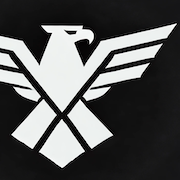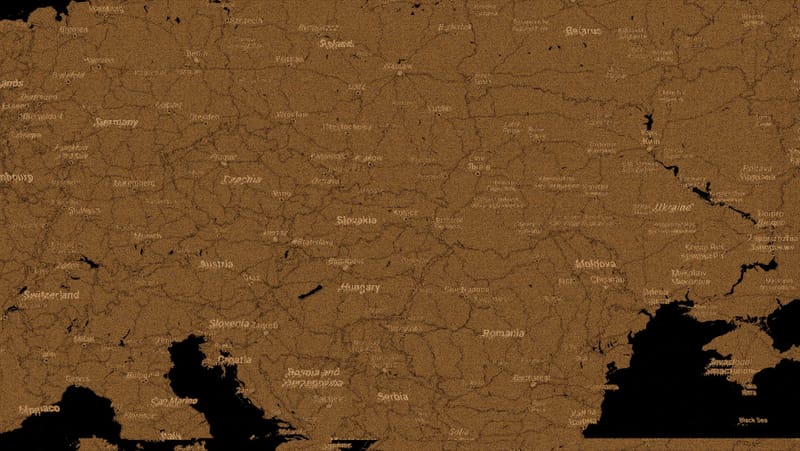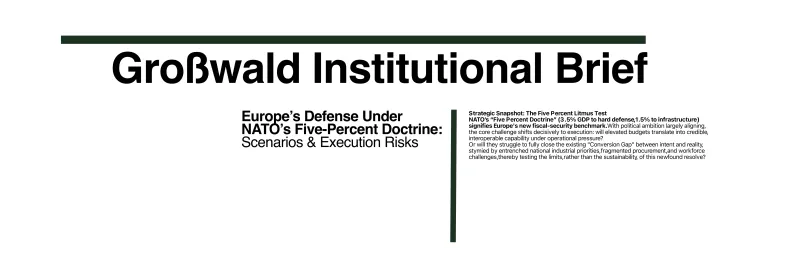Russia’s Drone Incursions into Poland: NATO’s “Eastern Sentry” as a Deterrence Test
Warsaw triggers Article 4 after repeated airspace violations; NATO fuses posture, exercises, and counter-UAS upgrades into one eastern-flank rehearsal.
Russia’s repeated drone incursions into Polish airspace mark a deliberate test of NATO’s eastern flank. This analysis draws on NATO communiqués, Polish government statements, and military commentary — including Generalleutnant a.D. Dr. Klaus Olshausen in Behörden Spiegel (23 Sep 2025) — to trace how the alliance is fusing deterrence posture, exercises, and counter-UAS upgrades in response.
What happened—and why it matters
Around 20 Russian military drones penetrated Polish airspace during large-scale strikes on Ukraine on 10 September 2025, prompting allied aircraft to scramble and shoot down several of them. Poland did treat the violations seriously and triggered NATO Article 4 consultations; allies condemned the violation and stressed solidarity with Warsaw. (Der Spiegel)
Prime Minister Donald Tusk drew a clear line: “Poland will shoot down objects in clear-cut airspace violations.” (Reuters) That message set the threshold at sovereignty defence, not a gray-zone ambiguity.
German Generalleutnant a.D. Dr. Klaus Olshausen, writing in Behörden Spiegel, interprets the incident as a new phase of Russian pressure-testing against NATO — probing how far Moscow can escalate from hybrid tactics to kinetic actions without triggering a collective response. He calls for a unified political–military answer and accelerated improvements in air defence and counter-UAS capabilities.
NATO’s immediate response: “Eastern Sentry”
Within 48 hours, NATO announced Operation Eastern Sentry—a posture-strengthening activity along the entire eastern flank, unveiled by Secretary General Mark Rutte and SACEUR Gen. Alexus G. Grynkewich. The aim: tie national reinforcements (including those headed to Poland) into a coherent, theatre-wide defensive design from the North Cape to the Black Sea. (NATO)
President Karol Nawrocki formalised consent for allied forces to deploy on Polish soil as part of the operation. (Notes from Poland) France, Germany, and Denmark committed fighter jets, while other allies moved surveillance and ground-based air defence forward. (NATO, Reuters) Gov.pl also mentions deployment of additional equipment and troops. An exact list of nations and types may still be evolving.
Subsequent Russian fighter-jet airspace violations near Estonia reinforced the picture of iterative testing; Estonia requested Article 4 consultations after violation and allies warned they will use all necessary military and non-military means to defend allied territory. (Reuters)
Exercises as rehearsal: linking Eastern Sentry to NATO’s 2025 cycle
Eastern Sentry unfolded in parallel with NAMEJS 25 in Latvia and Thunder Storm in Lithuania — both testing mobilisation and Article 5 scenarios — while Italy prepared Mare Aperto II in the Mediterranean. In this setting, Eastern Sentry functioned less as an improvised posture shift than as an accelerator, knitting reinforcements, live exercises, and counter-UAS upgrades into one eastern-flank rehearsal. The episode illustrates how NATO’s exercise cycle is now fusing scheduled manoeuvres with live crisis response.
For detailed context on concurrent drills, see Großwald’s continuously updated NATO Exercises 2025 guide.
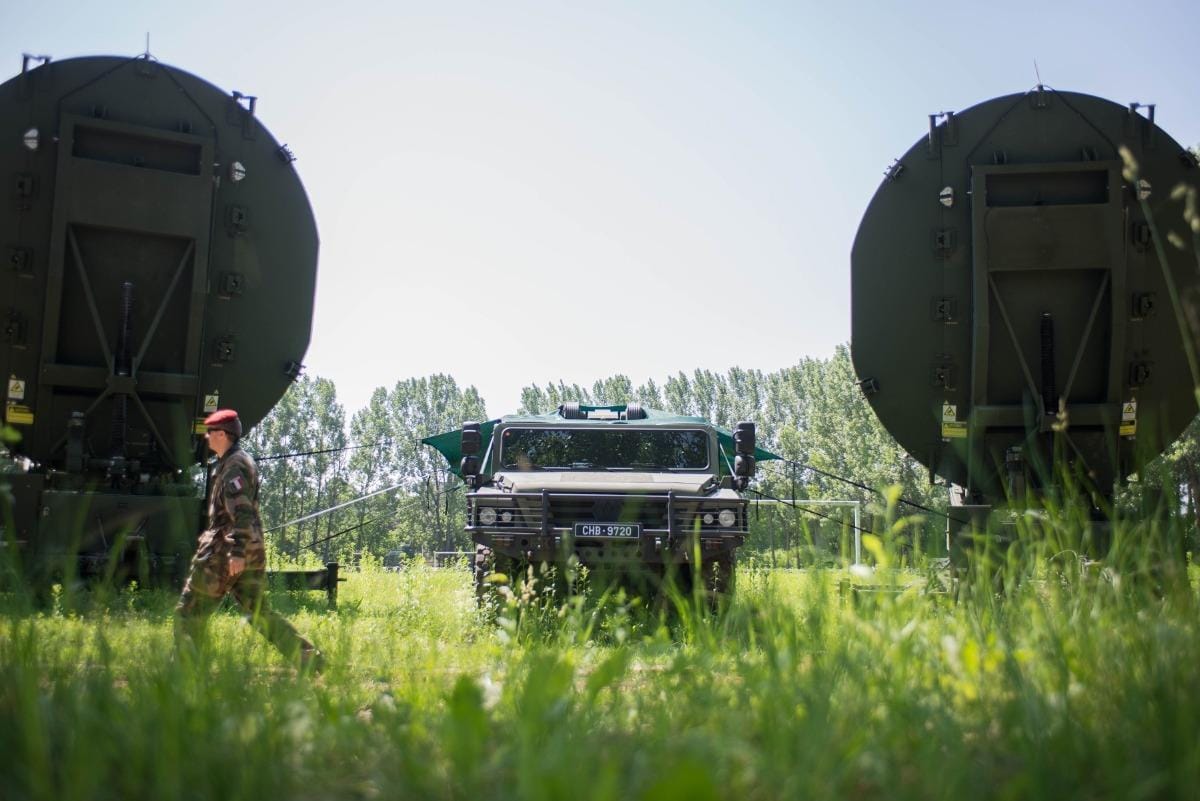
Air defence under strain: three gaps, one European problem
Olshausen identifies three urgent work lanes (paraphrased):
- Air and C-UAS integration — layered coverage is uneven against mass, mixed-type drone raids. NATO IAMD helped, but scale and reaction time lag.
- Forward, not deep-rear, defeat — interception should move outward, with earlier warning and engagement zones along Ukraine’s western approaches.
- Target the launch complex — planning must include means to neutralise Russian launch sites and enabling infrastructure.
NATO’s Eastern Sentry posture and air-policing surge suggest early movement on (1) and (2): theatre-wide connectivity, flexibility, and surge-ready forces to close seams along the frontier. (NATO)
Yet technical seams remain. Poland’s very-short-range and ground-based air defence units are only beginning to field interceptors optimised for loitering munitions and drone swarms, while NATO’s posture in practice still rests on Patriot and IRIS-T SLM batteries — proven, but in high demand across multiple theatres.
Comparable debates are playing out in Germany, where the Bundeswehr is re-introducing a 35 mm C-RAM tier to plug the cost-per-shot gap between Skyranger escorts and IRIS-T batteries (Großwald: Germany Approves 35 mm C-RAM Layer). At the other end of the spectrum, Berlin’s planned Arrow-4 procurement illustrates how even upper-tier assets cannot substitute for missing low-tier volume fire (Großwald: Arrow 4 under Zeitenwende).
As Großwald’s earlier Peace Report Roadmap argued, Europe’s €480 bn spend still yields “only partial capability” unless a true layered stack is fielded from VSHORAD up to exo-atmospheric interceptors (Großwald: From Zeitenwende to Capability).

From gaps to politics: what Moscow is really testing
Technical gaps matter, but the deterrence test is ultimately political: Moscow’s incursions are less about destroying targets than about probing alliance cohesion and thresholds.
- Deterrence test: Moscow appears to be probing allied thresholds—measuring language (violation vs. aggression), response times, and alliance unity. (NATO)
- Article 4 discipline: Poland’s choice to consult, not escalate to Article 5 kept decision-space open while signaling resolve. (AP News)
- Economic levers: Olshausen stresses sanctions and revenue-denial remain essential; EU and NATO continue to expand drone-related sanctions packages. (Council of the EU)
With these dynamics in mind, the next indicators lie less in rhetoric than in force packages and operational integration.
What to watch next: indicators beyond rhetoric
- Eastern Sentry force packages. Which GBAD, C-UAS, and counter-loitering elements move forward, and how they integrate with Polish systems. (NATO Shapes)
- Alliance ROE/coordination with Ukraine. Any expansion of early warning/engagement coverage that reduces time-to-intercept for cross-border drone tracks. (NATO)
- Russian adaptation. Shifts in routes, altitudes, and swarm composition after the Polish episode and Estonian violation. (Reuters)
- EU/NATO economic measures. Follow-on sanctions packages targeting Russia’s energy and drone-supply chains.
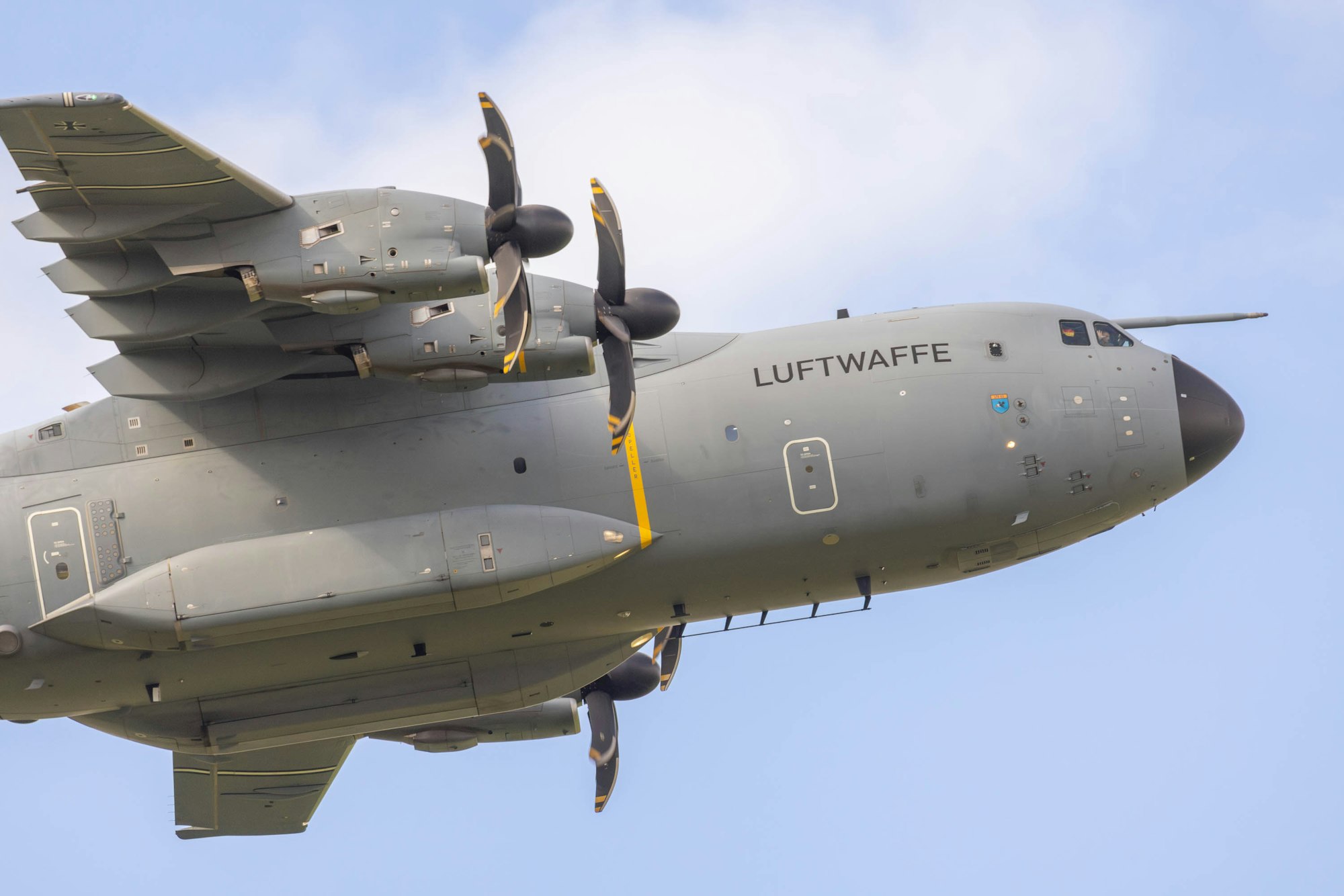
Source attribution
- Primary: Generalleutnant a.D. Dr. Klaus Olshausen, “Exklusiv: Russland in der Offensive – oder nervös,” Behörden Spiegel, Newsletter No. 523 (23 Sep 2025).
- Additional: NATO press releases, Polish government statements, Reuters, AP, Notes from Poland, RFE/RL.


